International trade is one of the key drivers of global economic growth, connecting businesses and consumers across borders. However, behind every shipment lies a critical process that ensures goods move smoothly from one country to another: customs clearance. For many businesses, understanding how customs clearance works can mean the difference between a seamless delivery and costly delays. This ultimate guide will explain what customs clearance is, why it matters, and how to handle it efficiently in global trade.
What is Customs Clearance
Customs clearance is the official procedure that allows goods to enter or leave a country. During this process, the customs authorities review, verify, and approve shipments to ensure compliance with local laws and regulations. It typically involves submitting the correct documentation, paying duties and taxes, and sometimes undergoing inspections. Without proper customs clearance, goods can be held at the border, delayed, or even returned to the sender.
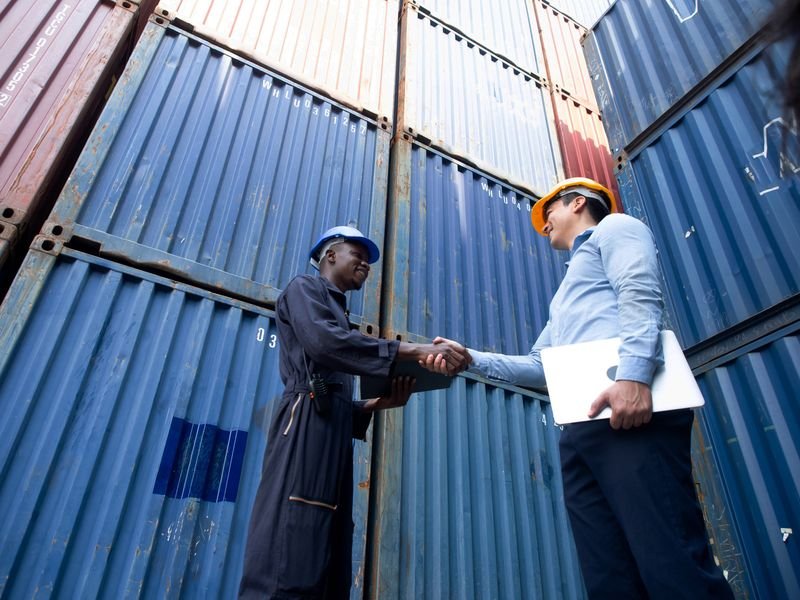
Why Customs Clearance is Important in International Trade
Smooth customs clearance is essential for international trade because it:
- Prevents delays: Accurate documentation and compliance avoid unnecessary waiting times at ports.
- Ensures compliance: Following regulations helps avoid penalties, fines, or rejected shipments.
- Reduces costs: Avoiding mistakes means businesses save money on storage, demurrage fees, or re-shipments.
- Builds trust: Reliable and timely deliveries strengthen business relationships.
Key Steps in the Customs Clearance Process
- Documentation Preparation
Correct paperwork is the foundation of customs clearance. Common documents include:
- Commercial Invoice
- Packing List
- Bill of Lading (or Air Waybill)
- Certificate of Origin
- Import/Export Licenses (if required)
- Customs Declaration
A customs broker or agent submits the required documents to the customs authorities. The declaration provides detailed information about the shipment, including the value, classification, and destination of the goods.
- Duties and Taxes Assessment
Customs authorities calculate import duties, VAT, and other applicable taxes based on the product category (HS code) and the shipment value.
- Inspection and Verification
In some cases, shipments may undergo physical inspections to confirm accuracy and compliance with regulations.
- Release of Goods
Once documentation is approved and all fees are paid, the shipment is cleared, and the goods are released for delivery to the final destination.
Read more: How to Reduce International Shipping Costs
Common Challenges in Customs Clearance
Even experienced traders may face obstacles in customs clearance. Some of the most frequent challenges include:
- Incomplete or incorrect documents leading to delays.
- Misclassification of goods resulting in higher duties.
- Changing regulations from one country to another.
- Communication barriers with customs authorities.
To avoid these challenges, many businesses partner with professional freight forwarders and customs brokers who specialize in navigating complex trade requirements.
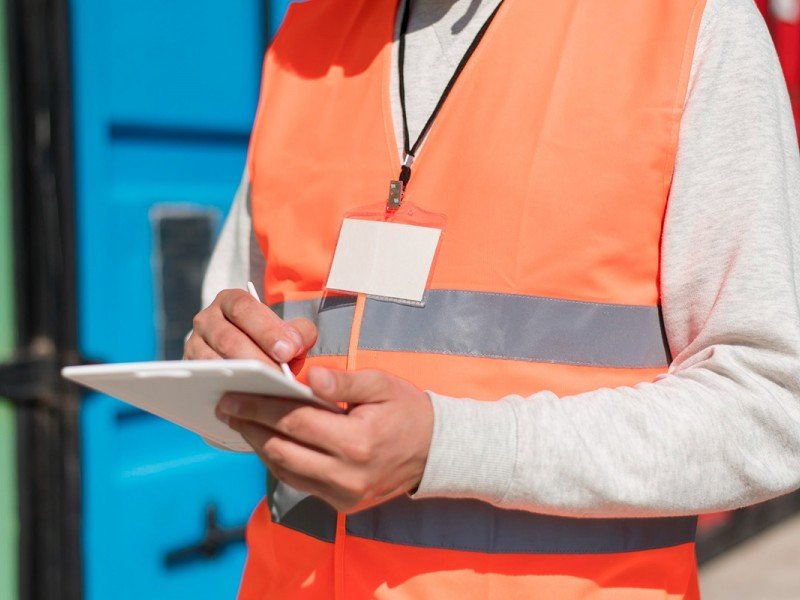
Tips for Smooth Customs Clearance
- Double-check all documentation before shipping.
- Use accurate HS codes to classify products correctly.
- Stay updated on trade regulations in both the origin and destination countries.
- Work with experienced partners like freight forwarders and customs brokers.
- Plan ahead for possible inspections or delays.
Technology and Customs Clearance
With the rise of digitalization, customs clearance is becoming faster and more efficient. Many countries are adopting electronic filing systems, reducing paperwork, and enabling real-time tracking of shipments. Businesses that embrace digital tools gain a competitive edge in handling international trade logistics.
Read more: Middle East Freight Services
Partnering with the Right Logistics Company
Choosing the right logistics partner is crucial in ensuring hassle-free customs clearance. Companies like Lian Visman specialize in international shipping and customs clearance solutions, helping businesses save time, reduce risks, and streamline global trade operations.
Conclusion
Customs clearance may seem complicated, but with the right preparation and expert support, businesses can navigate it successfully. From accurate documentation to compliance with regulations, every detail matters. By understanding the process and working with trusted partners, companies can ensure that their shipments move smoothly across borders and reach customers on time.
Read more: Shipping from Iran to UK
FAQs
Common documents include a commercial invoice, packing list, bill of lading, certificate of origin, and any necessary import/export licenses.
It can range from a few hours to several days depending on the accuracy of the documents, the complexity of the goods, and the efficiency of local customs authorities.
The responsibility depends on the agreed Incoterms between the buyer and the seller. Usually, the importer pays these costs.
Yes, but using a customs broker is highly recommended as they have expertise in regulations, documentation, and communication with customs authorities, reducing the risk of errors and delays.

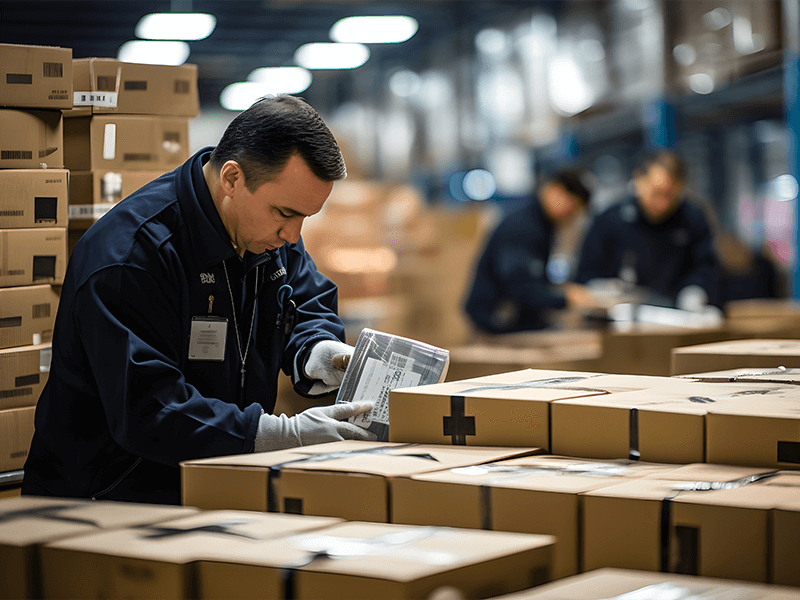

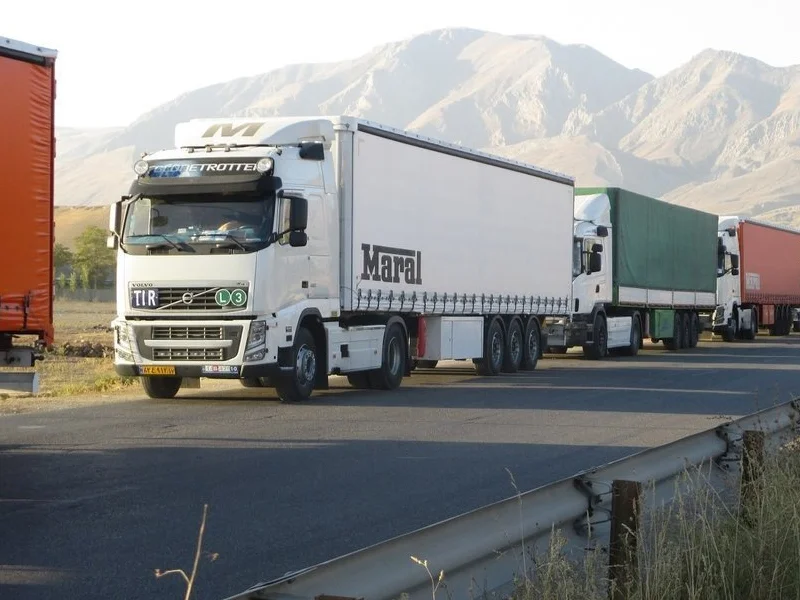
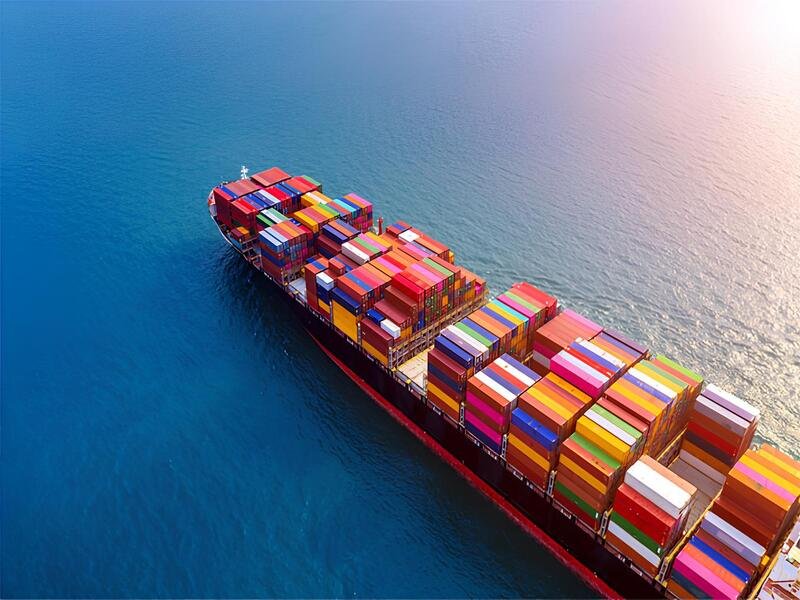
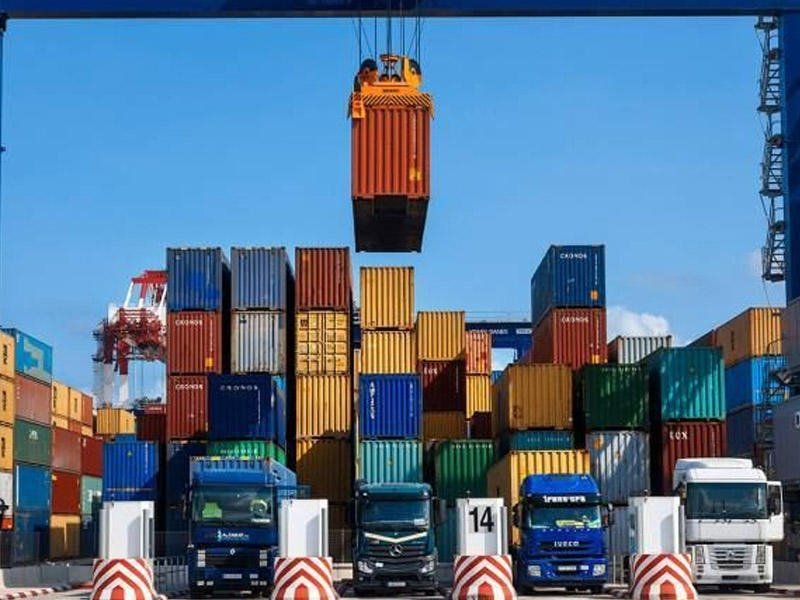
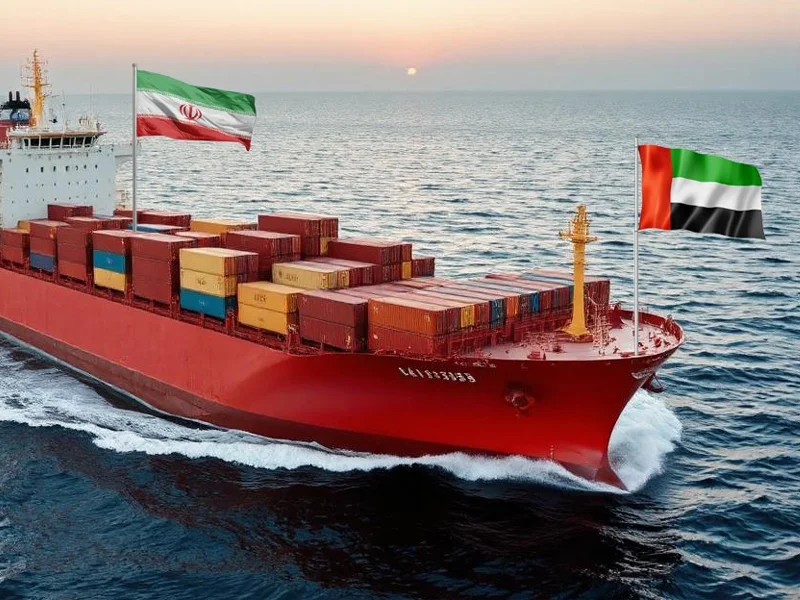
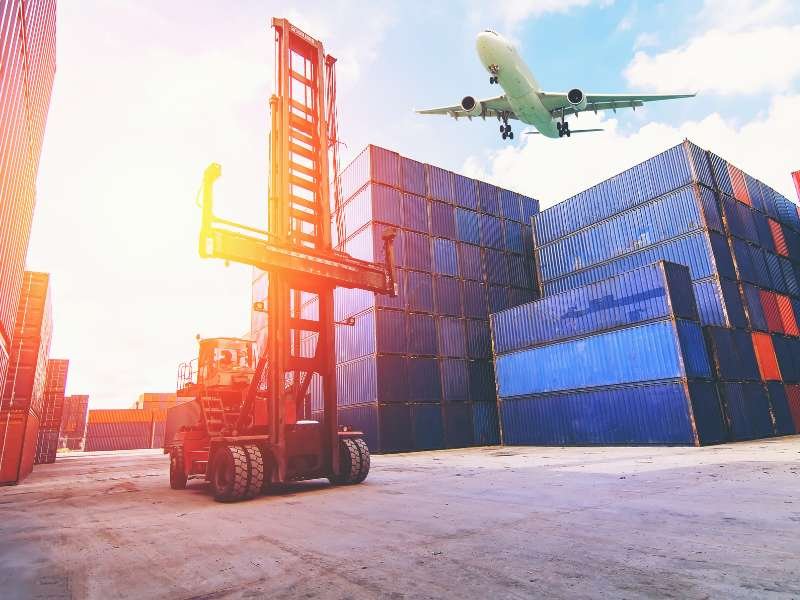


Recent Comments